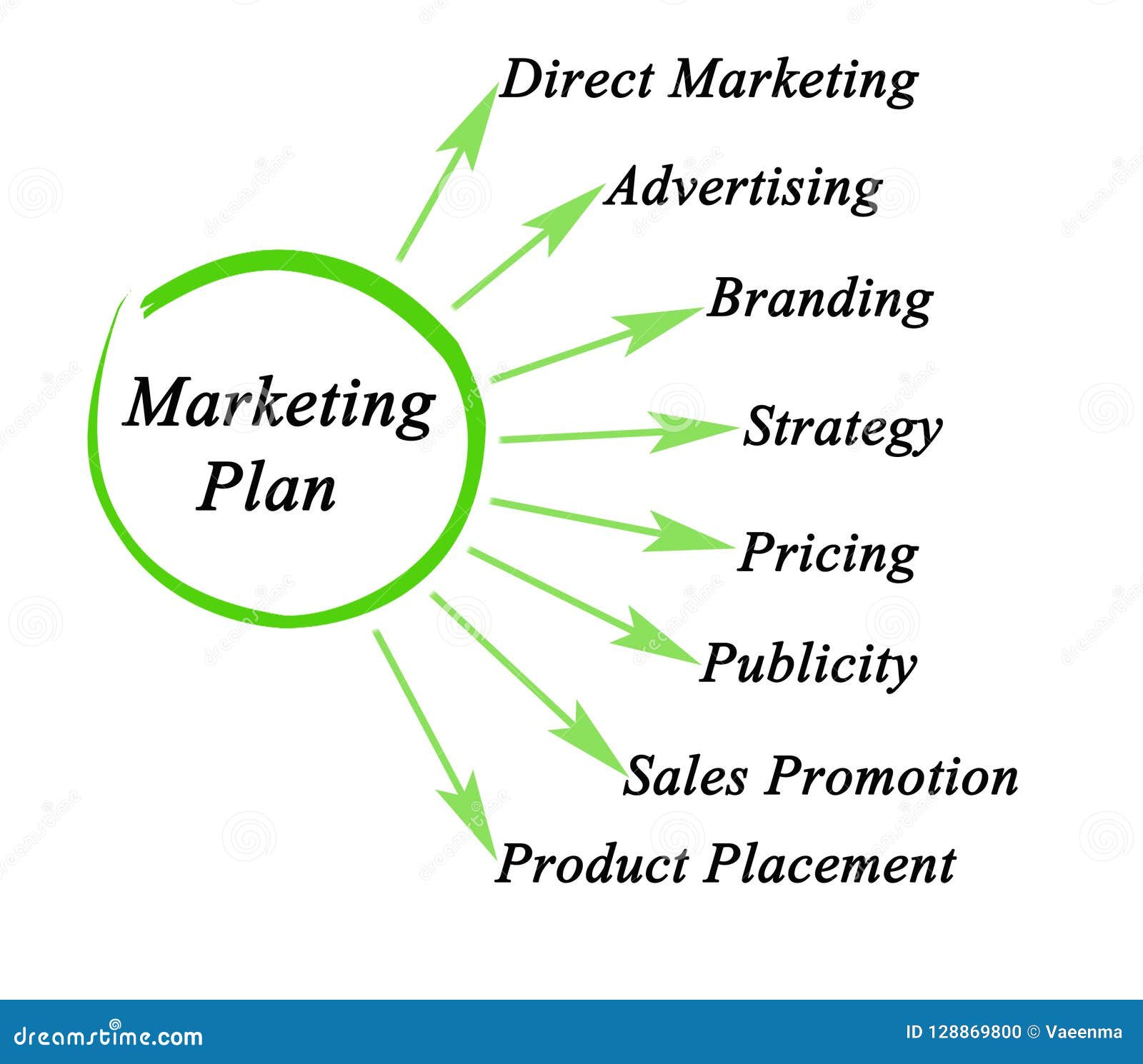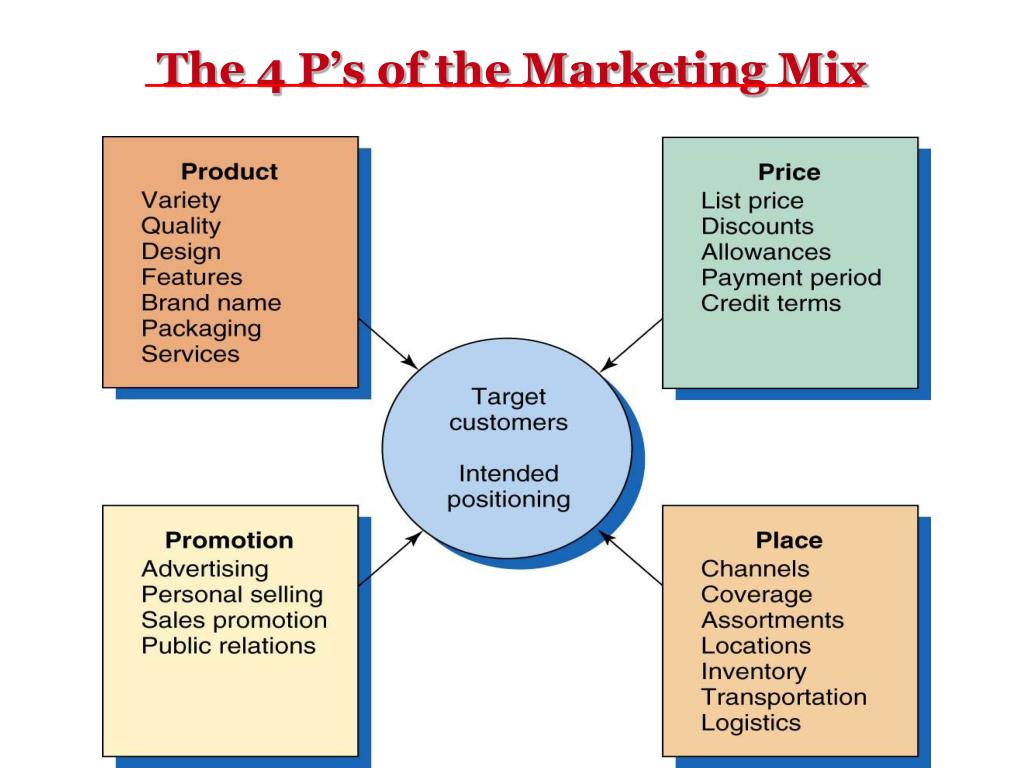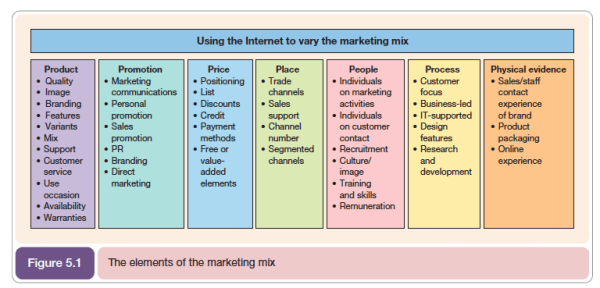A Marketing Plan Consists Of All Except The Following
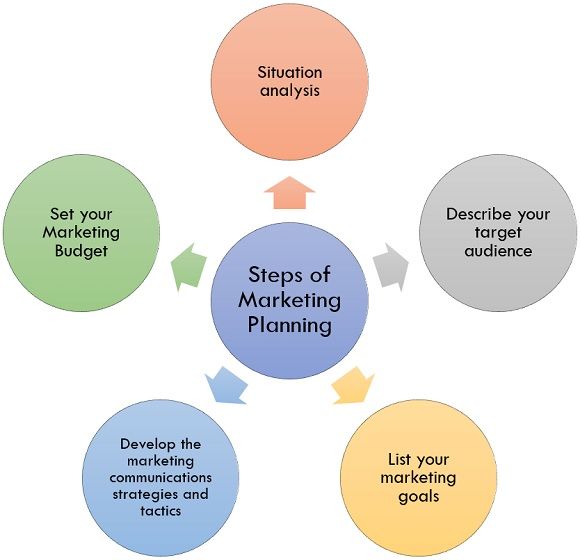
A major marketing strategy vulnerability has been exposed: many believe random acts of kindness are a key component of a successful marketing plan. This misconception could lead to misallocation of resources and ineffective campaign strategies.
This article dissects the critical components of a robust marketing plan, highlighting the elements that are essential, while firmly excluding feel-good gestures like random acts of kindness, which, while positive, are not strategic marketing tools.
Defining a Core Marketing Plan
A marketing plan is a comprehensive document outlining an organization's advertising and marketing efforts for the coming year. It details the strategies, tactics, costs, and projected results.
Core components always include a situation analysis, target market identification, defined objectives, a marketing strategy, specific tactics, a budget, and methods for evaluation and control.
Essential Components Explained
The situation analysis (also known as SWOT analysis) assesses the current market landscape, evaluating internal strengths and weaknesses, as well as external opportunities and threats. This includes market size, trends, and competitive analysis.
Target market identification pinpoints the specific groups of consumers the marketing efforts aim to reach. Understanding demographics, psychographics, and buying behavior is crucial.
Defined objectives establish measurable goals that the marketing plan intends to achieve. Objectives must be SMART: Specific, Measurable, Achievable, Relevant, and Time-bound.
Marketing strategy outlines the overall approach to achieve the defined objectives. This usually involves decisions around product, price, place, and promotion (the 4Ps).
Specific tactics are the detailed actions taken to implement the marketing strategy. This includes content creation, advertising campaigns, social media activities, and sales promotions.
A detailed budget allocates resources to each marketing activity. This ensures financial accountability and efficient resource utilization.
Evaluation and control establish metrics and processes to track the performance of the marketing plan. This enables adjustments and improvements based on real-time data.
Why Random Acts of Kindness Don't Fit
Random acts of kindness, while beneficial for public relations and corporate social responsibility (CSR), lack the strategic focus required of a formal marketing plan. They are typically ad hoc and lack a direct link to business objectives.
Unlike targeted marketing efforts, random acts of kindness don’t focus on specific customer segments or attempt to influence purchasing decisions directly.
According to a 2023 report by the Marketing Analytics Institute, companies focusing on strategically aligned CSR initiatives see a 20% higher ROI compared to those engaging in purely random acts.
“While generosity and positive community engagement are valuable, they cannot substitute for a well-defined marketing strategy," stated Dr. Anya Sharma, lead researcher at the Marketing Analytics Institute.
Common Misconceptions & Pitfalls
Confusing random acts of kindness with marketing can lead to several pitfalls. It can divert resources from effective marketing channels and make it difficult to measure the impact of marketing efforts.
This misunderstanding can also create a false sense of accomplishment, leading to complacency and a lack of focus on data-driven results.
Businesses need to distinguish between activities that enhance brand reputation and those that directly contribute to revenue generation.
The Strategic Alternative: Purpose-Driven Marketing
A more effective approach is purpose-driven marketing, which aligns marketing efforts with a brand's values and a clear social purpose. This is different than random acts of kindness.
Purpose-driven marketing strategically integrates social or environmental causes into the core marketing strategy. This approach resonates with consumers who increasingly prefer brands that demonstrate a commitment to positive change.
For instance, a sustainable clothing brand could partner with an environmental organization, donating a percentage of its profits to conservation efforts. This is targeted and strategic.
Expert Insights on Strategy vs. Charity
John Blake, a seasoned marketing consultant with over 20 years of experience, emphasizes the importance of aligning marketing activities with business goals. "Marketing is about driving revenue and building brand awareness in a targeted and measurable way."
He adds, "While charitable acts are commendable, they should be part of a separate CSR strategy, not a substitute for strategic marketing."
Data from Kantar's 2024 BrandZ report shows that brands with a strong sense of purpose outperform those without by 175% in terms of brand value growth.
Moving Forward: Re-Evaluating Your Marketing Plan
Businesses must critically evaluate their existing marketing plans to ensure alignment with core business objectives. Remove all instances of hoping random acts of kindness alone will boost sales.
Focus on data-driven strategies, target market analysis, and measurable goals. Prioritize purpose-driven initiatives that are strategically integrated with overall marketing efforts.
Regularly review and adjust marketing plans based on performance data. Continuously refine tactics to maximize ROI and achieve sustainable growth. Seek professional guidance if needed to bridge the gap between intentions and results.


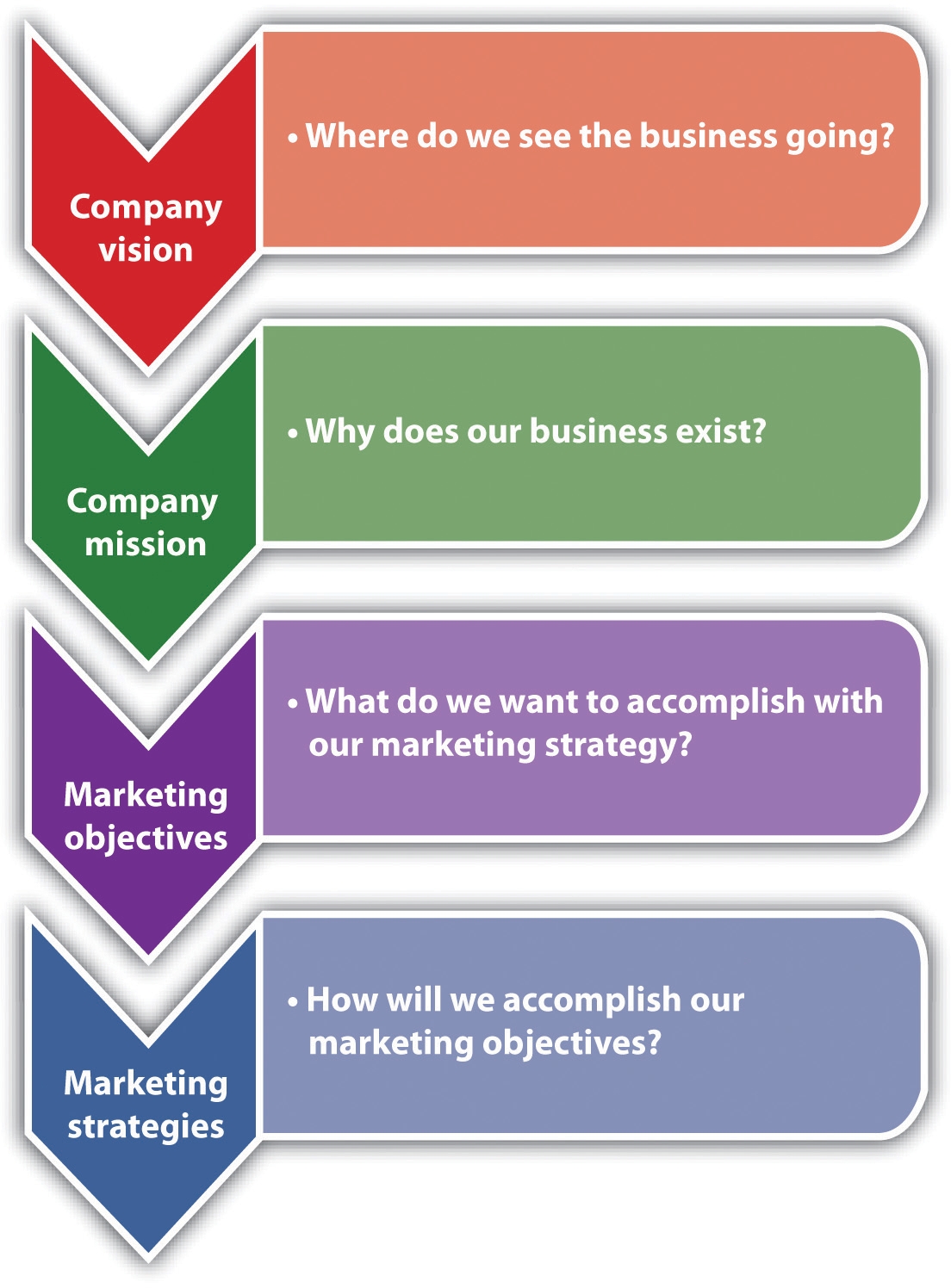
![A Marketing Plan Consists Of All Except The Following Everything You Need to Write a Marketing Plan [+ Examples]](https://blog.hubspot.com/hubfs/5 Marketing Plan Examples to Help You Write Your Own.png)
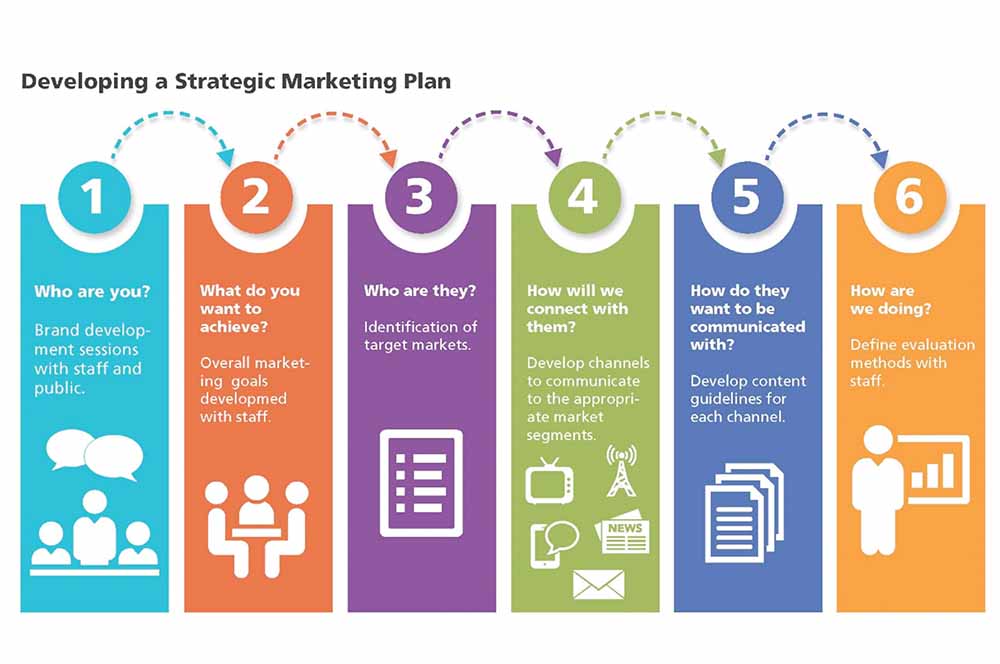

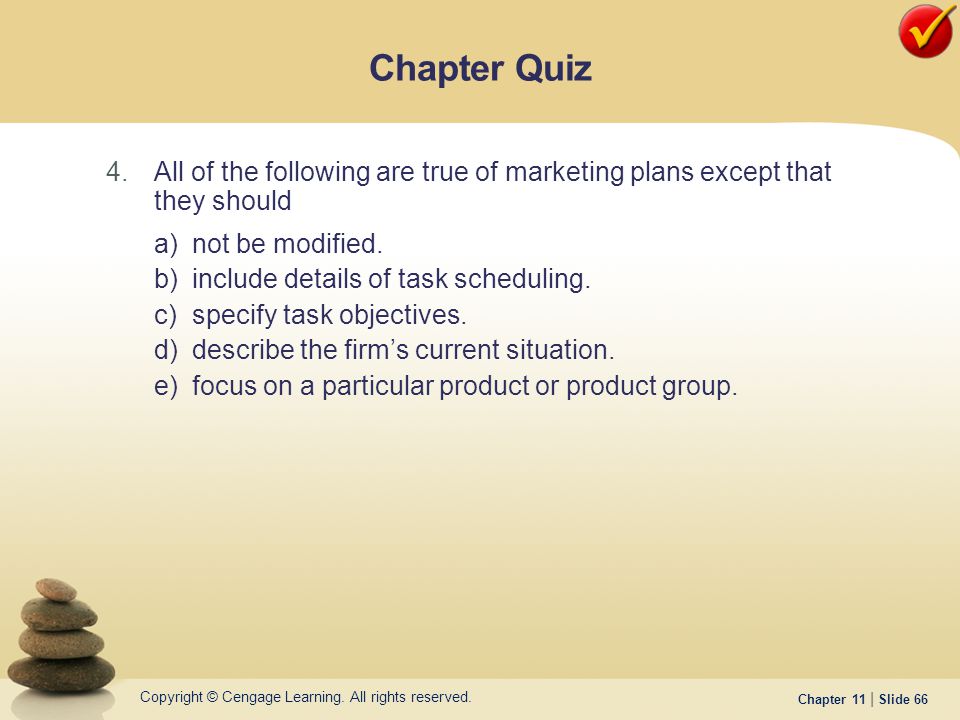

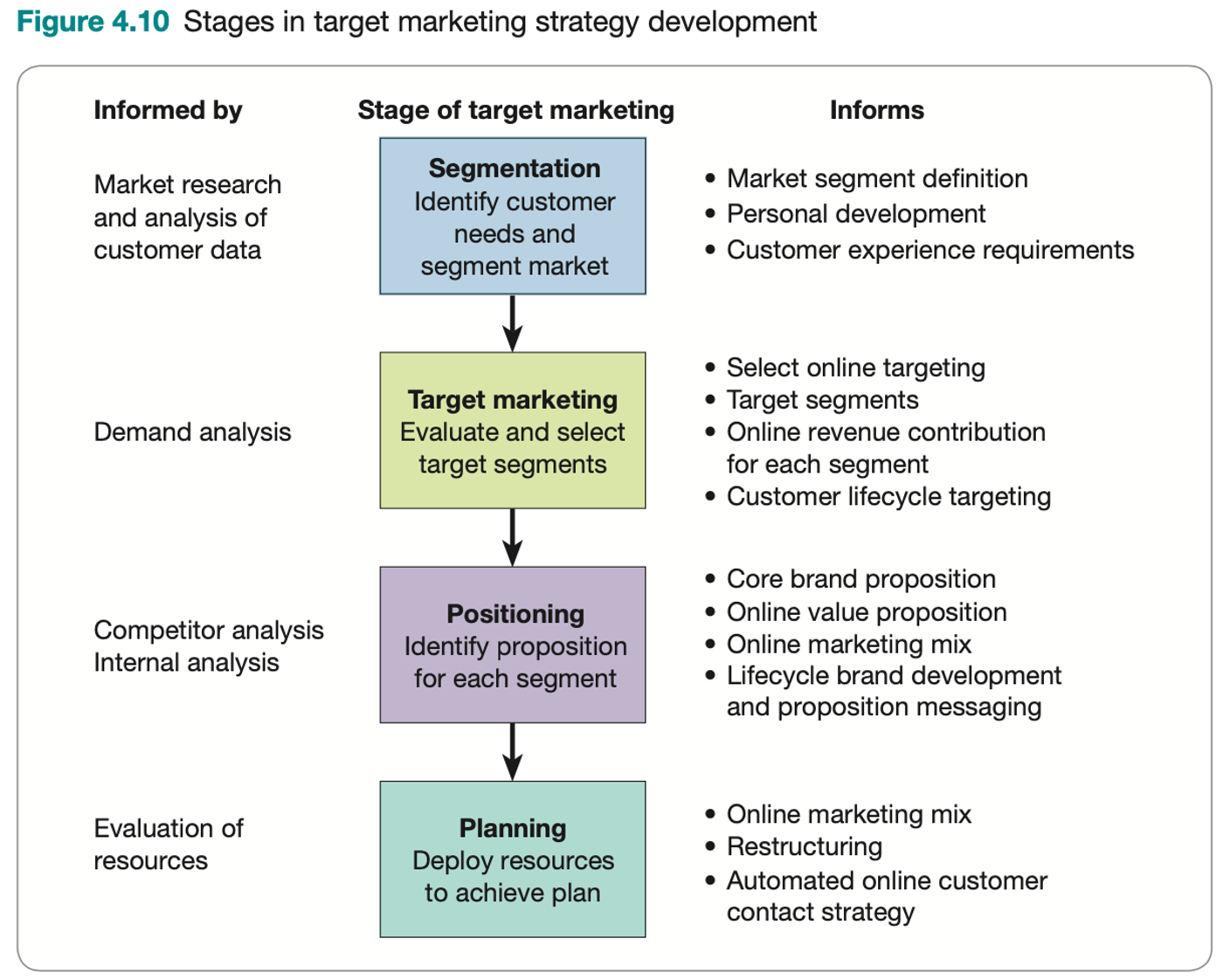
![A Marketing Plan Consists Of All Except The Following How to Create a Marketing Plan [15+ Templates]](https://visme.co/blog/wp-content/uploads/2020/05/Marketing-playbook.jpg)


